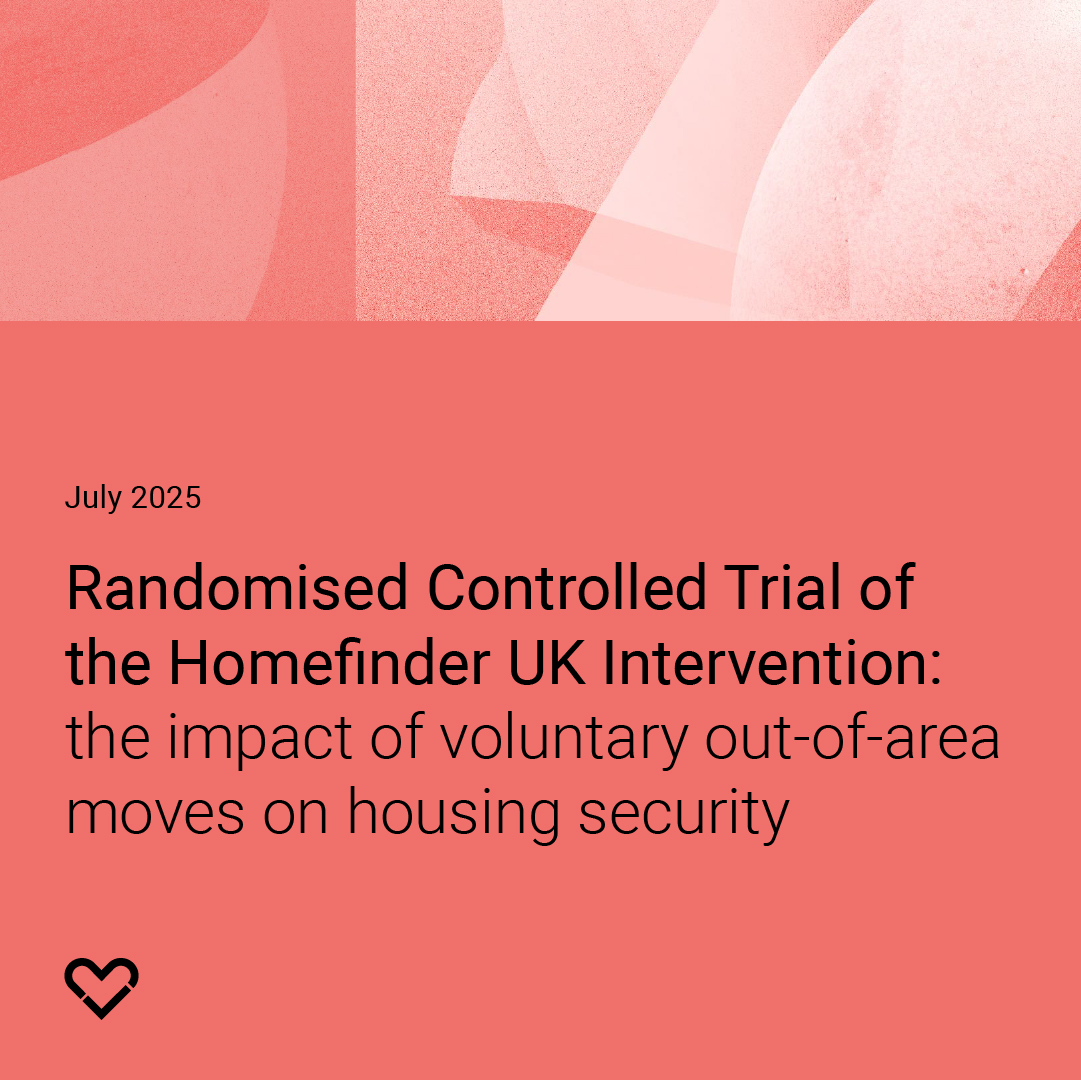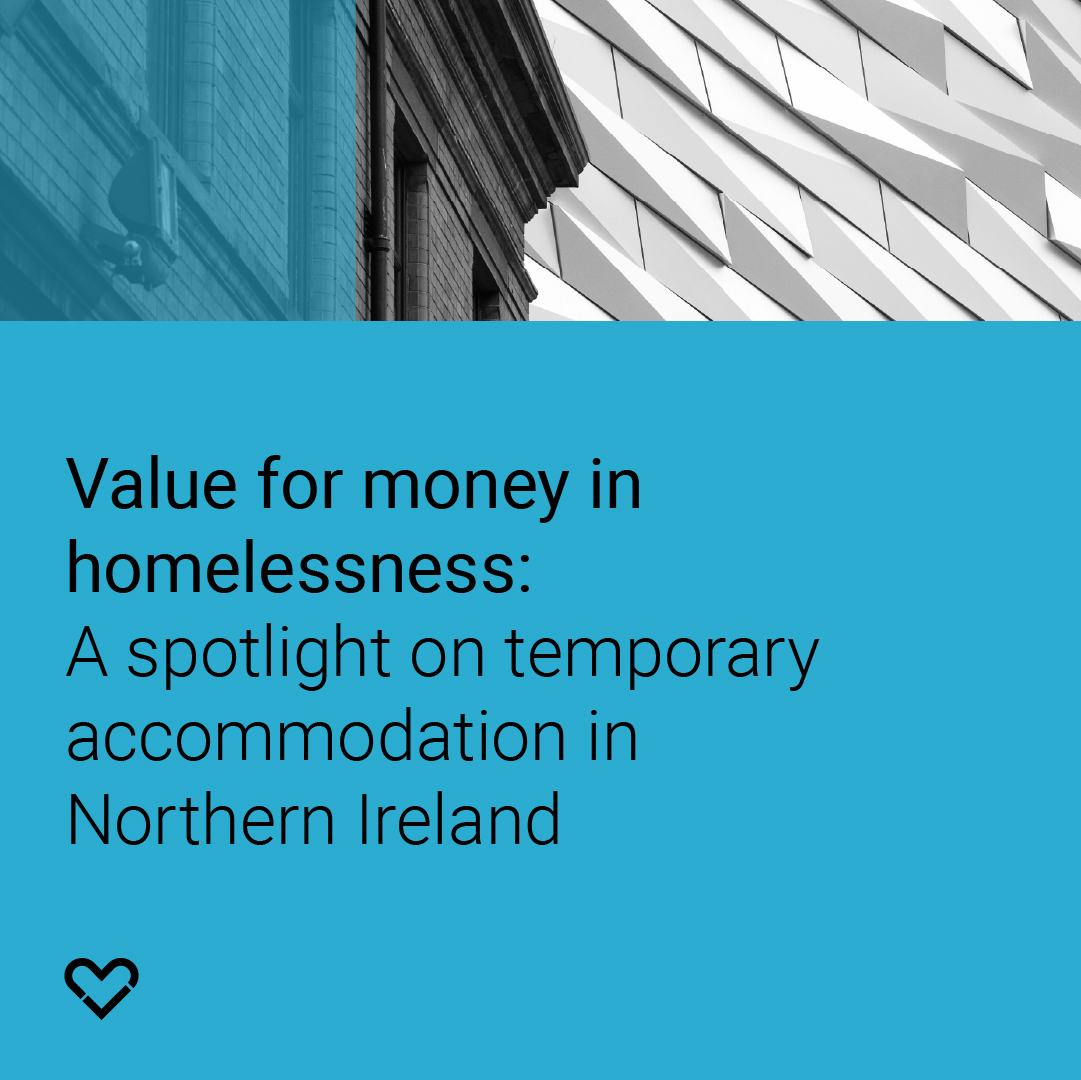European Journal of Homelessness: Homelessness and Children's Social Care in England
Outline of the study
This research examines the link between the children's social care system in England and homelessness among young adults. The study analyses data on homelessness rates among care experienced young people and reviews the challenges they face during the transition from care to independent living. It evaluates existing programmes designed to support this transition and prevent homelessness.
The research identifies a critical policy gap: while legislation protects children from homelessness, local authority corporate parenting responsibilities diminish significantly when young people reach 18 years old and this may lead to homelessness.
Findings in brief
- There are strong links between care experience and homelessness, including rough sleeping and sofa-surfing. There is evidence that the proportion of care-experienced people in the homeless population is much higher than in the wider population
- Care numbers are rising (from 64,400 children in 2010 to 80,080 in 2020).
- The Leaving Care Act 2000 requires local authorities to support and care for people until the age of 21. Since 2014, ‘Staying Put’ has provided protection for young people in foster placements until 21. However, the 2000 Act legislation does not provide statutory protection for Children in Need or young people who have been on Child Protection Plans
- In 2014, 22% of young women leaving care became teenage parents
- There are gaps in data relating to accommodation suitability: this was unknown for 24% of 17-year-old care leavers in 2020
- Young people with care experience are more likely to experience issues with their mental health and substance use, and to have contact with the criminal justice system. Care experienced young people often also experience deep and multiple exclusion, making them particularly vulnerable to homelessness
- In 2018/19, 12,800 children spent time in unregulated accommodation - facilities with no national minimum standards or Ofsted registration
- Very few rigorous evaluations exist for programmes preventing homelessness among people leaving care. Most studies lack control groups or randomised designs to prove effectiveness
- There is little evidence on what works across agencies and the local homelessness system.
Recommendations in brief:
- Evaluate the effectiveness of interventions for young people leaving care, including Staying Put, Staying Close and Family Options
- Explore the value of other options for care-experienced young people, including cash transfers and a basic income guarantee
- Focus interventions for care experienced young people on the five strands of prevention: structural prevention, early intervention, eviction prevention, housing stabilisation and particularly system prevention
- Develop a cross-system approach for care-experienced young people who are at risk of homelessness
- Carry out additional research about the impact to adults and children of removing a child from its parent(s)
- Ensure that intensive support is provided during transition from care to independent living
- Support financial support programmes, such as the exemption from Shared Accommodation Rate for care leavers up to age 25
- Support steps to strengthen standards and oversight in accommodation for young people aged 16 and 17, who are homeless, but not in care.
No items found.





.jpg)

